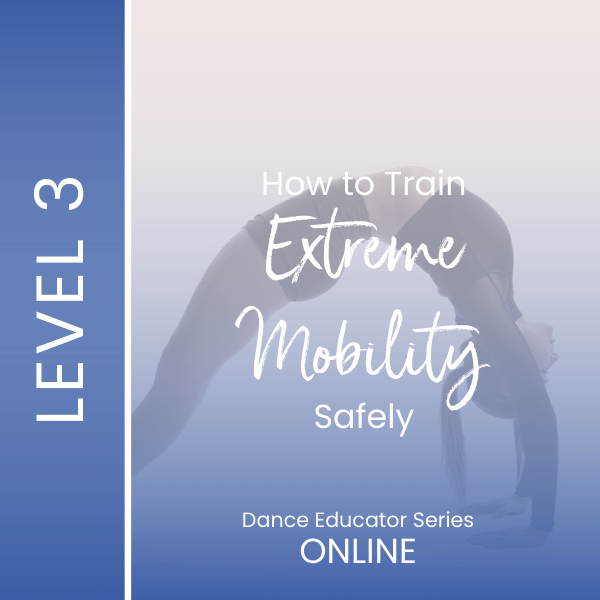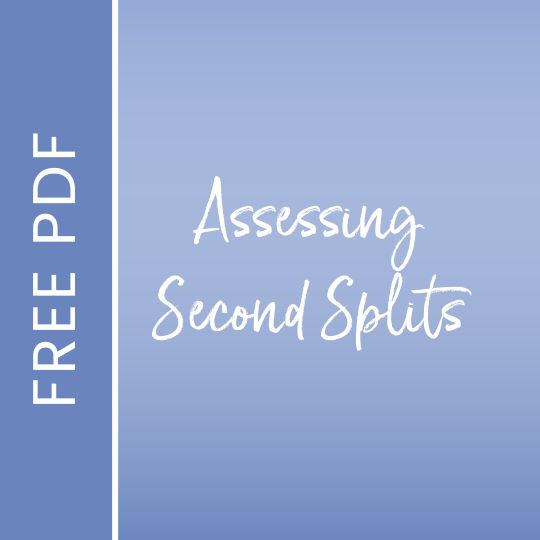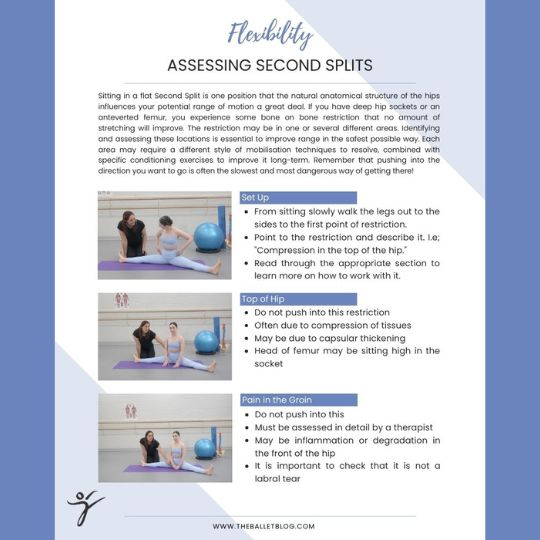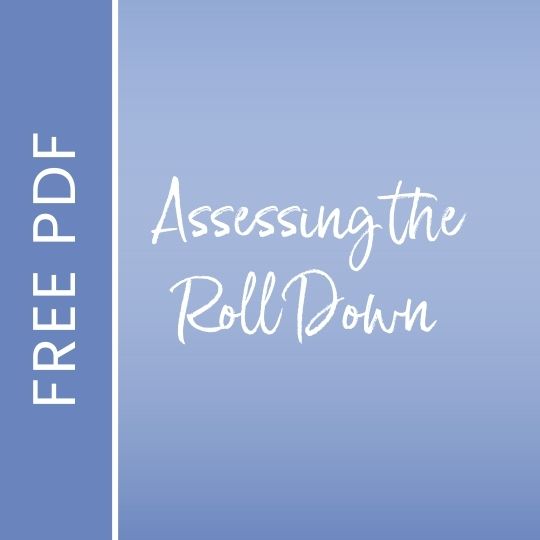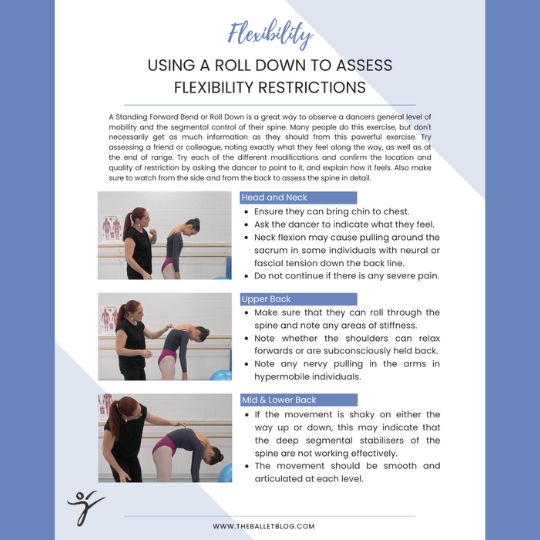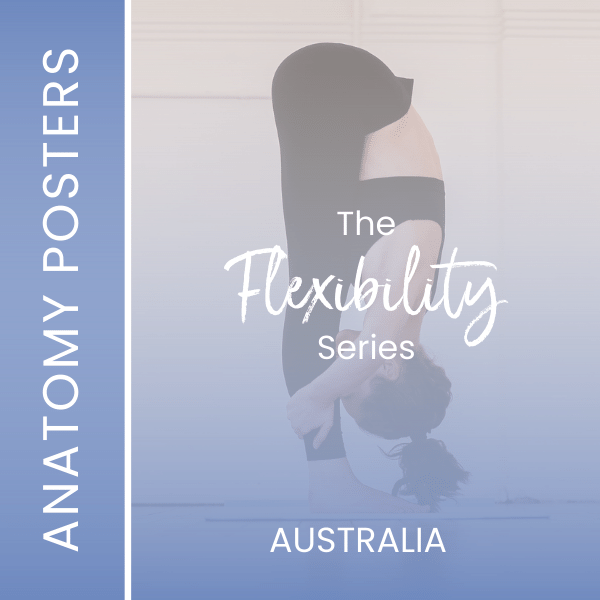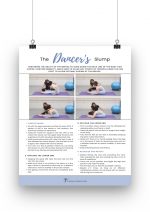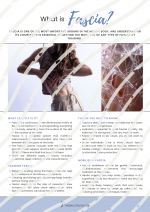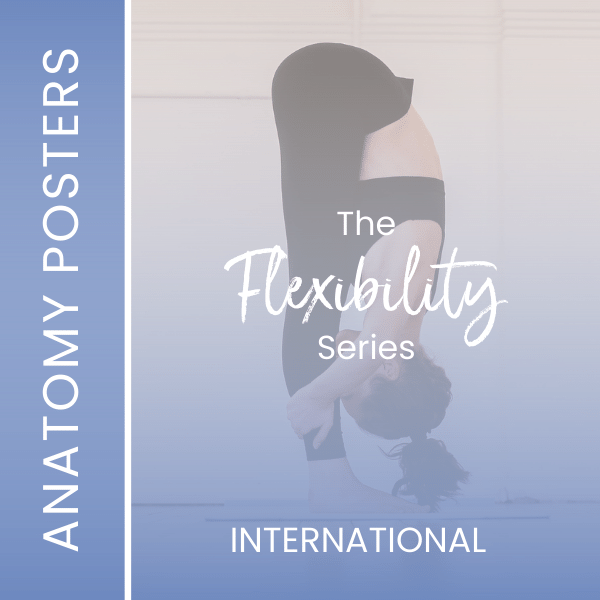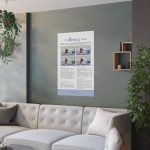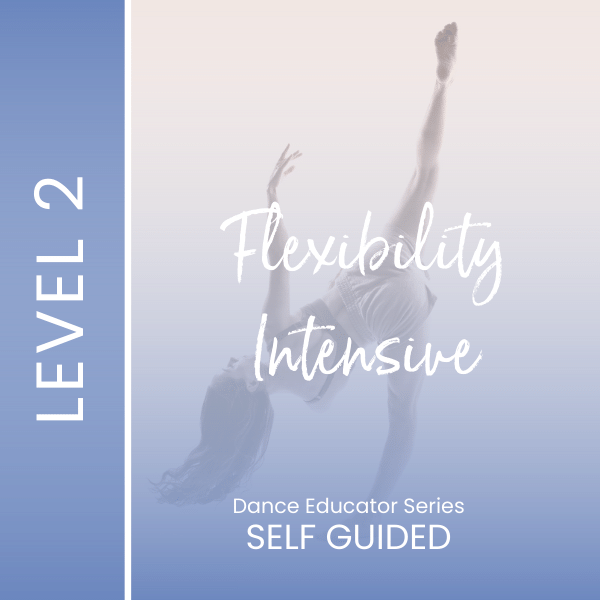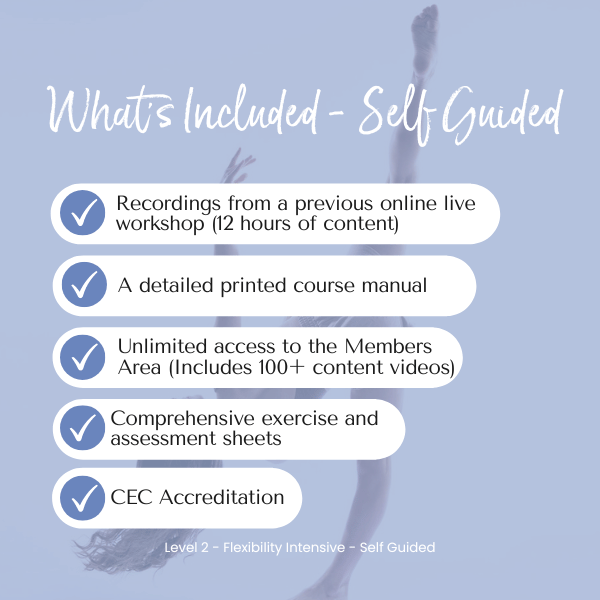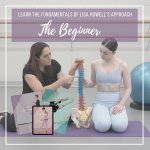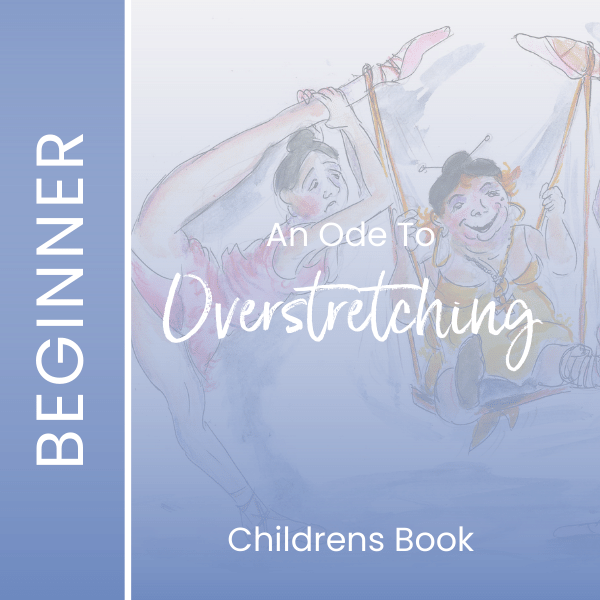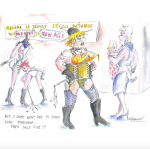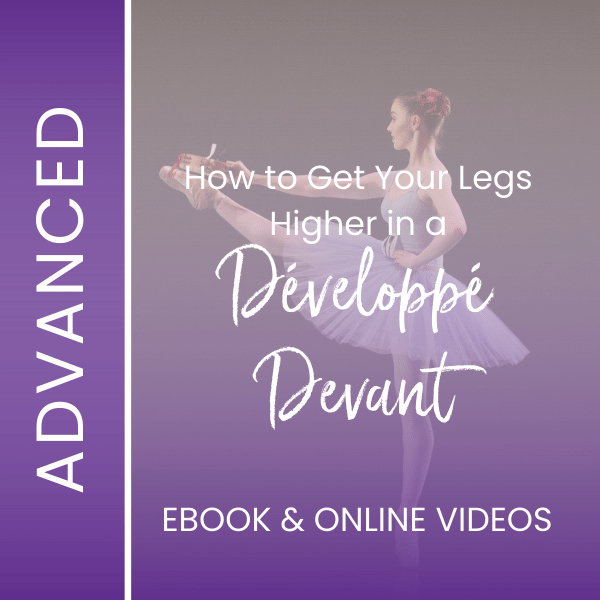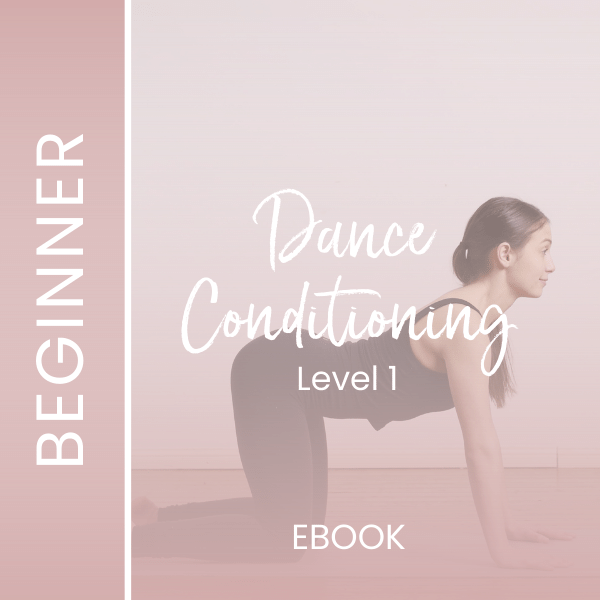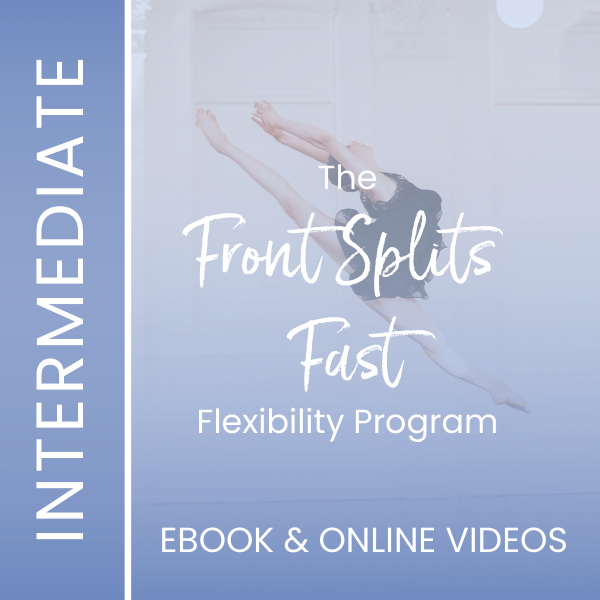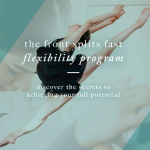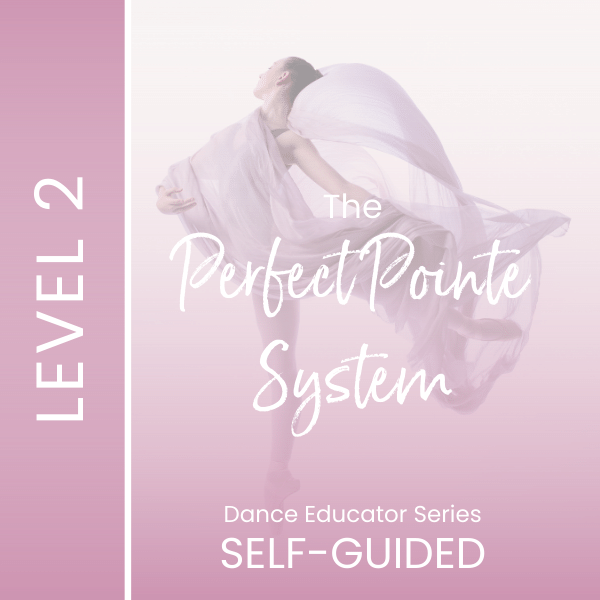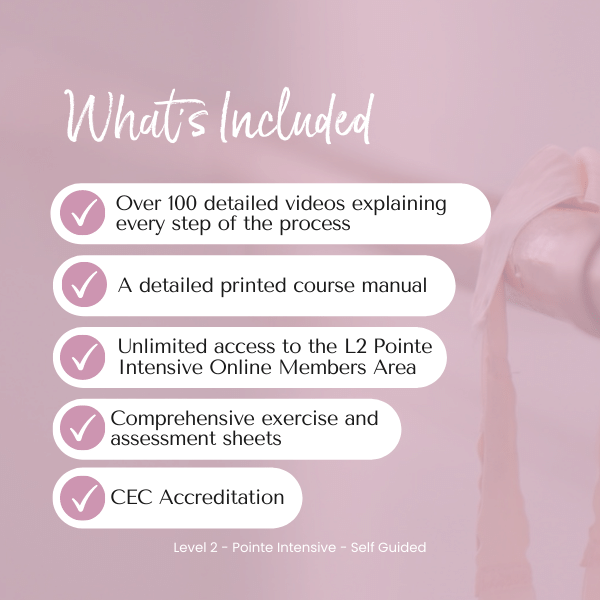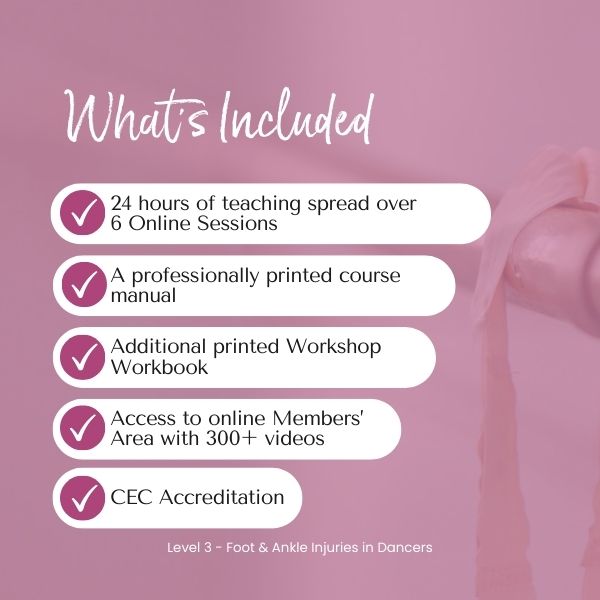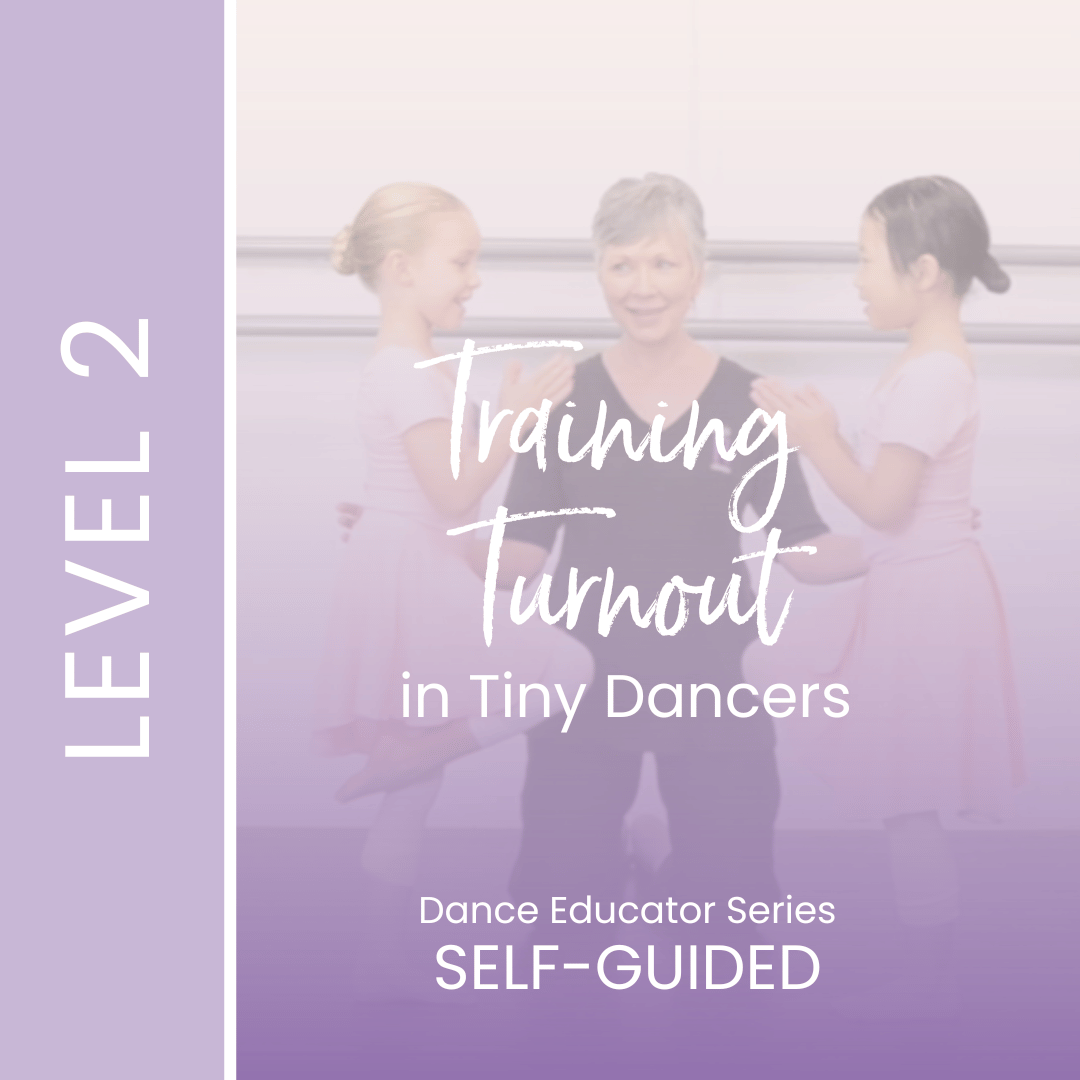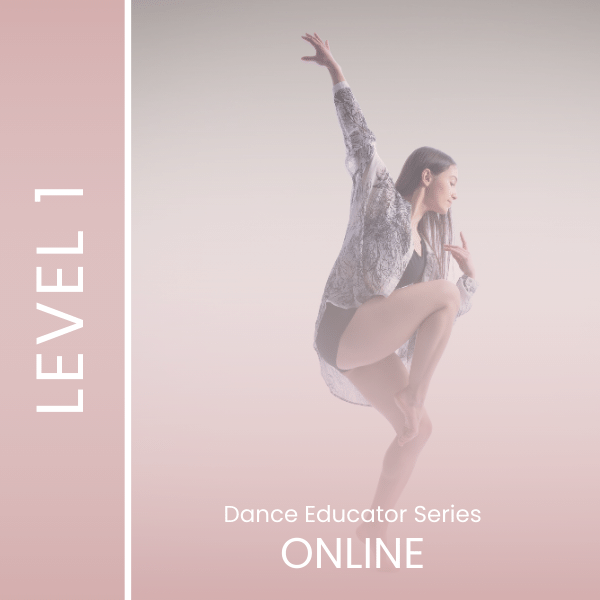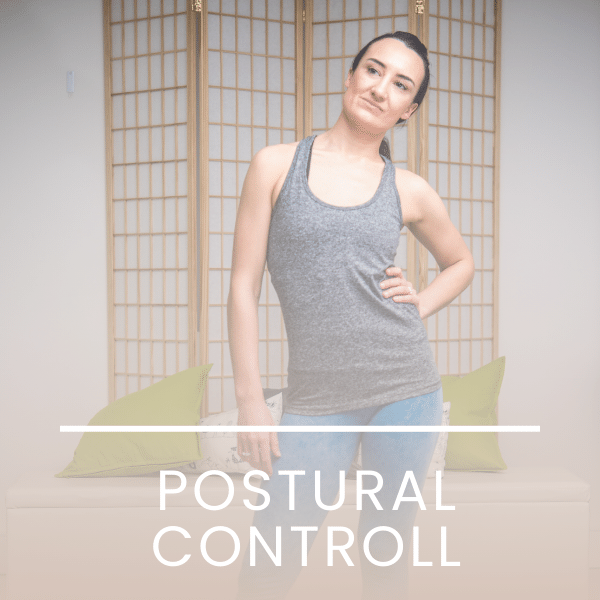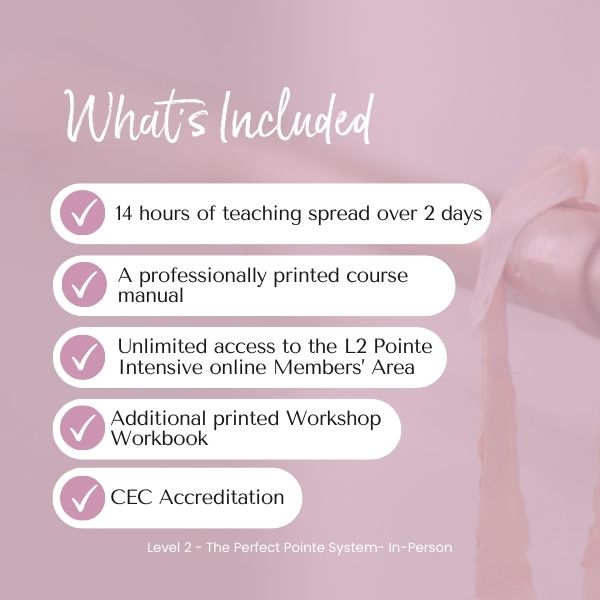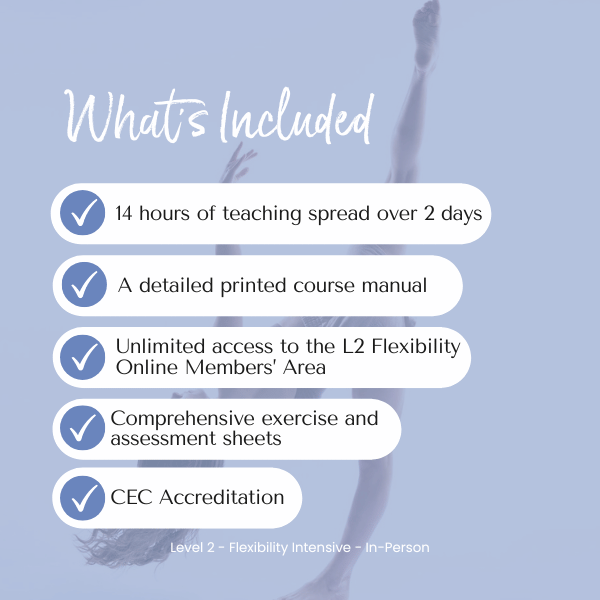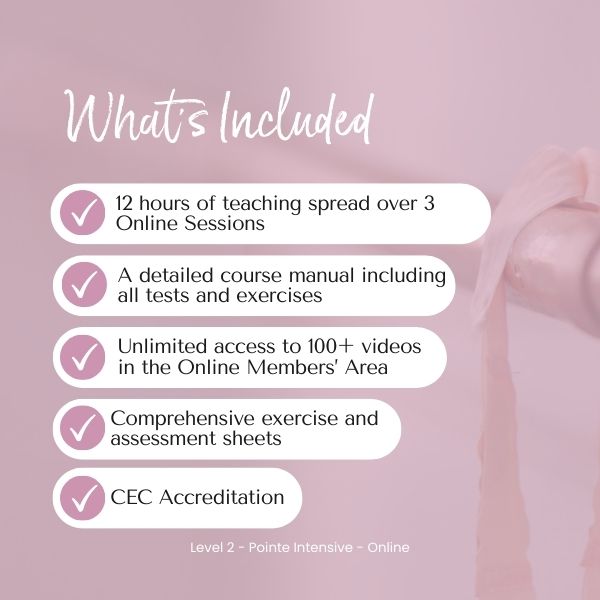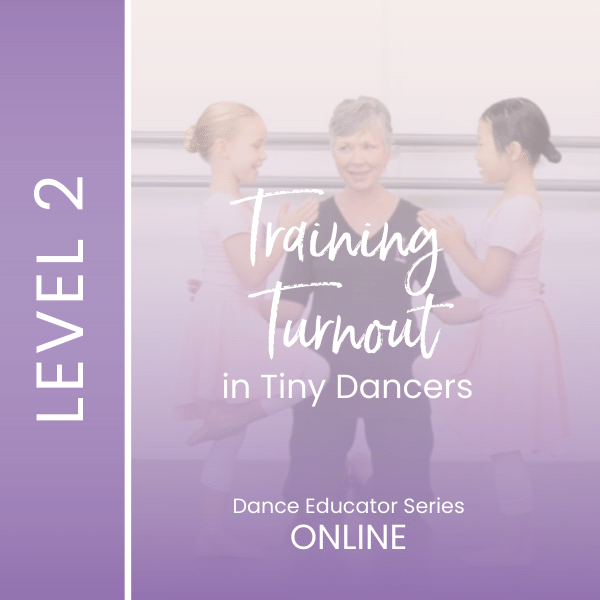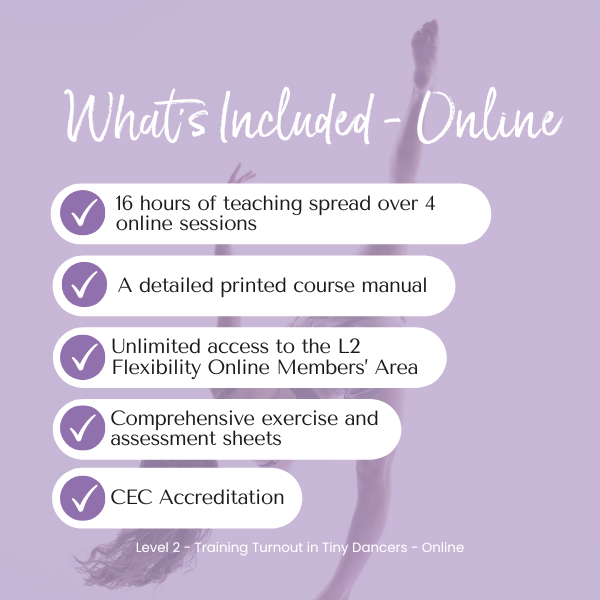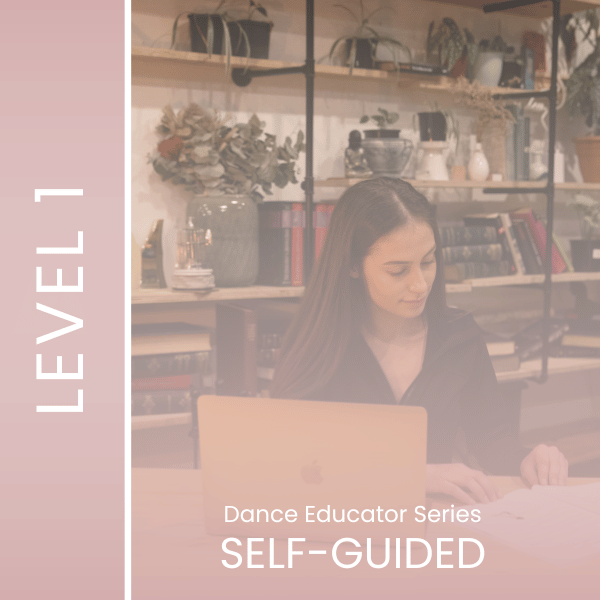- Free Articles
- Shop
- Workshops
- The Dance Educator Series
- L1 – The Fundamentals
- L2 – Pointe Intensive
- L2 – Flexibility Intensive
- L2 – Training Turnout in Tiny Dancers
- L3 – Foot & Ankle Injuries in Dancers – NEW
- L3 – Hip Injuries in Dancers
- L3 – How to Train Extreme Mobility Safely
- Upcoming Workshops
- Workshop FAQ’s
- Workshop Testimonials
- Host Application Form
- Dance Teacher & Health Professional Directory
- Members Areas
- Cart
- My Account
Oversplits in Second - What are the Risks?
Another position I see young students trying to achieve in order to get more flexible is oversplits in second position. Unfortunately stretching young hips past their natural physiological range runs the risk of permanent damage, so we need to be very careful in how we achieve mobility in this position. Any flexibility training requires an intelligent and multifactorial approach, with a deep understanding of human anatomy guiding its application. Doing this ensures that young dancers will be able to continue dancing well into adulthood and live a normal, pain free life when they do decide to stop performing.
When I have raised my concerns about over stretching in second in the past, many parents and teachers have resisted this, saying that their kids are fine. I had been struggling to find a way to demonstrate the very real risks of this kind of training, as the results are often not visible for several years after the fact. Then one day, one student came for an appointment, who's history and x-rays demonstrate my point exactly. She has graciously let me use for education purposes and is hopeful that this will help other students avoid the issues that she has had.
Just to clarify - I have no issues with extreme mobility when achieved safely, and with the appropriate control. In fact, much of the work I do with the high level, elite students is focused exactly on this. However we focus on achieving this through educated and intelligent, up to date, smart ways, to avoid any potential issues, and the students are educated to manage their own bodies. This means that they will be able to continue dancing well into adulthood, and be able to live a normal, pain free life when they do decide to stop performing.
Anyone training young students, and the parents of these students need to be very aware of the possible dangers when trying to improve mobility. The students themselves often find it difficult to see the long term consequences of their actions, and for them, achieving a certain position is often their end goal. It is our responsibility to learn the safest possible ways to help them to achieve their goals, as well as educating them on the appropriateness of their goals to their chosen career.
Hip damage from performing oversplits in second
The following images are from a young dancer, now 14, who had started experiencing hip pain at the age of 10. X-rays were taken and they were told that there was nothing wrong. (Her teacher told her it was normal to have hip pain..!) She continued to have hip issues and had X-rays retaken again at ages 13 and again at 14 before she saw me.
Look carefully at the images below, and you can see that the shape of the hip socket has actually shifted due to the aggressive stretching that she was doing at her dance school. This has now calcified and so will remain this way for the rest of her life.
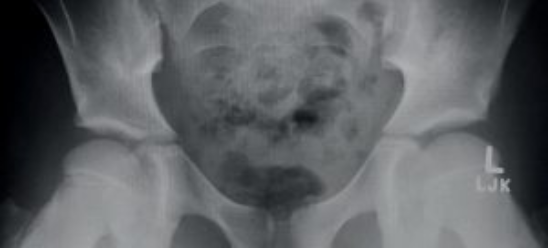
She was still complaining of hip pain at 13, so more X rays were ordered. It is easy to see the damage in the hip socket in the following images. The black line indicates major issues with the surface of the hip socket and there is evidence of excessive movement across both of the growth plates of the femur. The head of the femur is no longer nicely rounded and has been flattened due to excessive loading.
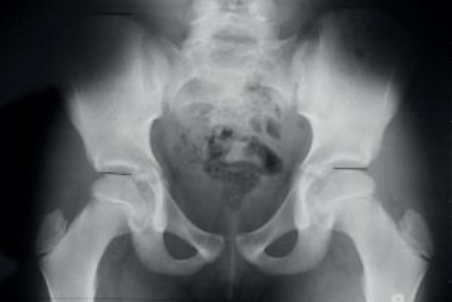
At 14, the student was still complaining of sore hips, so another set of images were taken. She was also told by a friend to come and see us at Perfect Form Physio for treatment for her ongoing hip pain.
In these images the pelvis has begun to fuse (as it should), however the head of the femur (thigh bone) is flattened and the shape of the socket is shallow. There is also development of a "pincer type deformity" at the top of the hip socket that was not present in previous x-rays that will contribute to anterior hip impingement. Bone develops in response to load, so it is probable that this developed in response to repeated compression after kicking her right leg up repeatedly...
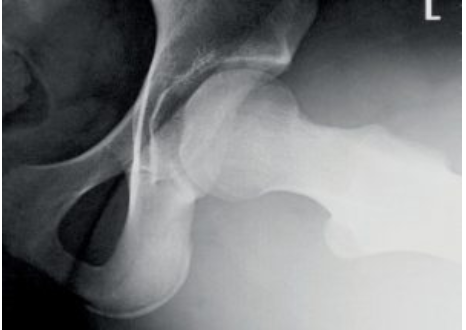
What does the future hold?
This dancer will continue to struggle with pain in her hips due to anterior hip impingement and the bony changes in the hip socket. She will most likely be requiring an early total hip replacement due to this. With very careful rehab we were able to drop her pain levels, but she will need to be extremely diligent in maintaining these in order to be able to continue to dance.
Unfortunately, there are still many teachers still advocating this type of aggressive stretching in young students, who seem to have little awareness of the long term consequences it can have. This type of training IS NOT NECESSARY in developing good turnout range in dancers.
Simply pushing into over splits in second (especially with a partner pushing on the sacrum) is very dangerous. For more information about this, please read my "Is Over Stretching Bad?" blog post.
To learn more about how to specifically assess and treat your own hips take a look at our Training Turnout Manual!
If you are a dance teacher or health professional and would like to dive deeper into this topic, click on the links below to find out more about our Online Teacher Training workshops.

